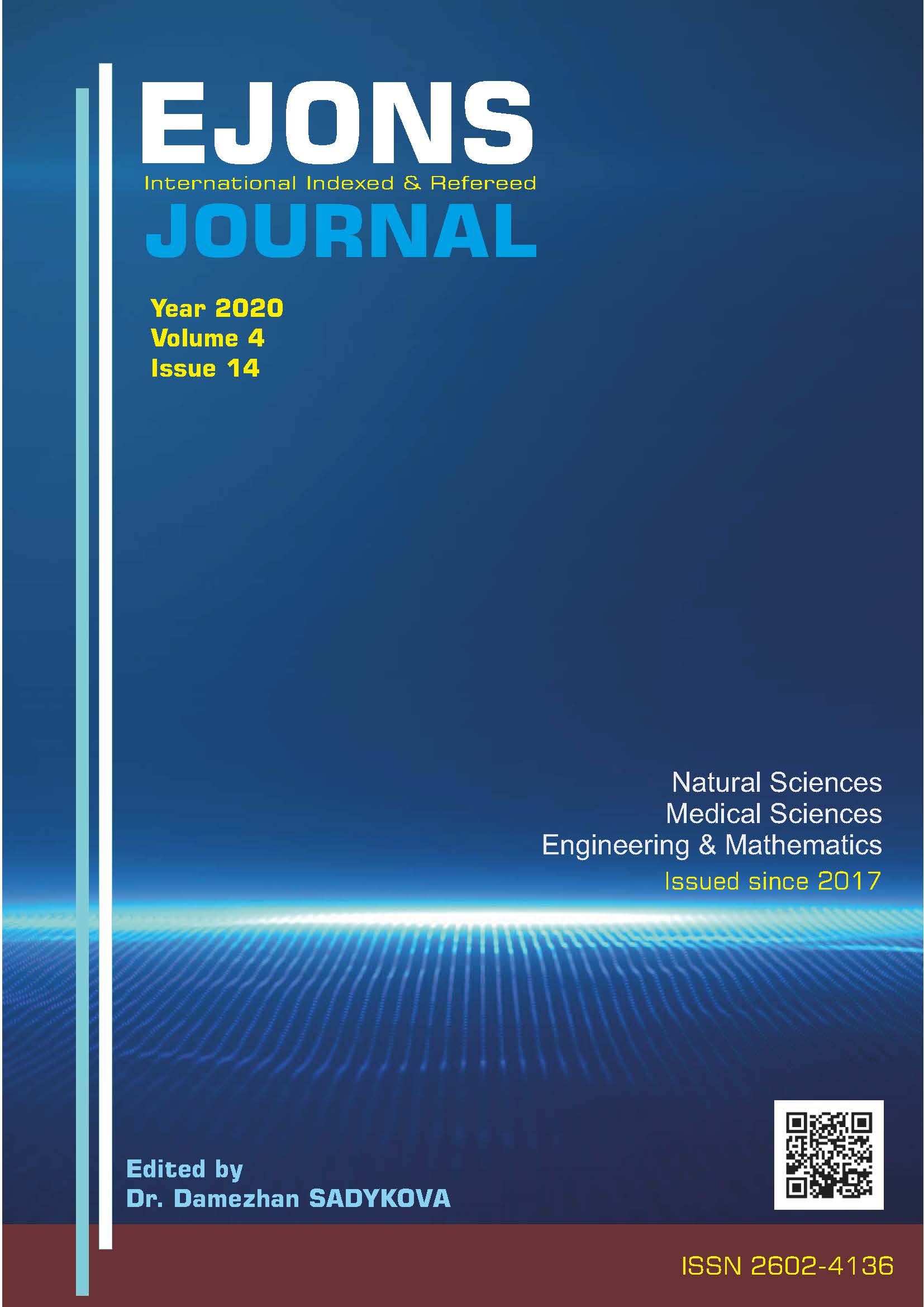A NOVEL ceRNA ANALYSIS FOR LMNA AND ZMPSTE24 RELATED TO MECHANISMS OF PROGEROID LAMINOPATHIES
DOI:
https://doi.org/10.38063/ejons.251Keywords:
ceRNA, miRNA, Progeroid, LMNA, ZMPSTE24Abstract
Progeroid syndromes are diseases that display old-age features such as skin aging (loss of elastin and skin thinning), cardiovascular problems, alopecia at young ages. One of the most known progeroid syndromes is Hutchinson-Gilford Progeria Syndrome (HGPS). HGPS is caused by Lamin A/C (LMNA) de novo point mutation and as a result, a toxic protein that accumulates in the inner nuclear membrane called progerin is produced. Zinc Metallopeptidase STE24 (ZMPSTE24) (also known as FACE-1 in humans) is an enzyme that has important functions in post-translational modifications. ZMPSTE24 mutations also can cause the progeroid syndromes. Competing endogenous RNA (ceRNA) is a relatively new hypothesis that claims RNAs communicate with each other and regulate each other’s expressions via shared microRNA (miRNA)s. In this study, a ceRNA analysis was performed for mRNAs of LMNA and ZMPSTE24. Firstly, related miRNAs of LMNA and ZMPSTE24 mRNAs were found in miRTarBase, and the results with both strong and less strong evidence (on the experimental base) were considered. Then, other genes related to these miRNAs that have only strong evidence in miRTarBase were chosen and hit scores of these genes were calculated. The Gene Ontology (GO) Resource GO Enrichment analysis algorithm was used for P values (<0.05) of molecular functions of these genes which have the highest hit scores. The highest hit score of transcripts associated with LMNA mRNAs is 3 (BCL2, CCND1, CCND2, CDK6, and EZH2) and the highest hit score of transcripts associated with ZMPSTE24 mRNAs is 2 (CBL, CCND2, CLOCK, EZH2, MAPK14, and SERP1). There is no study about related ceRNAs of ZMPSTE24 transcripts for understanding the mechanisms of progeroid syndromes in the current literature and the study provides a novel analysis for connected ceRNAs of LMNA and ZMPSTE24 mRNAs, that is based on strong experimental evidence.
Downloads
Published
How to Cite
Issue
Section
License

This work is licensed under a Creative Commons Attribution-NonCommercial 4.0 International License.


